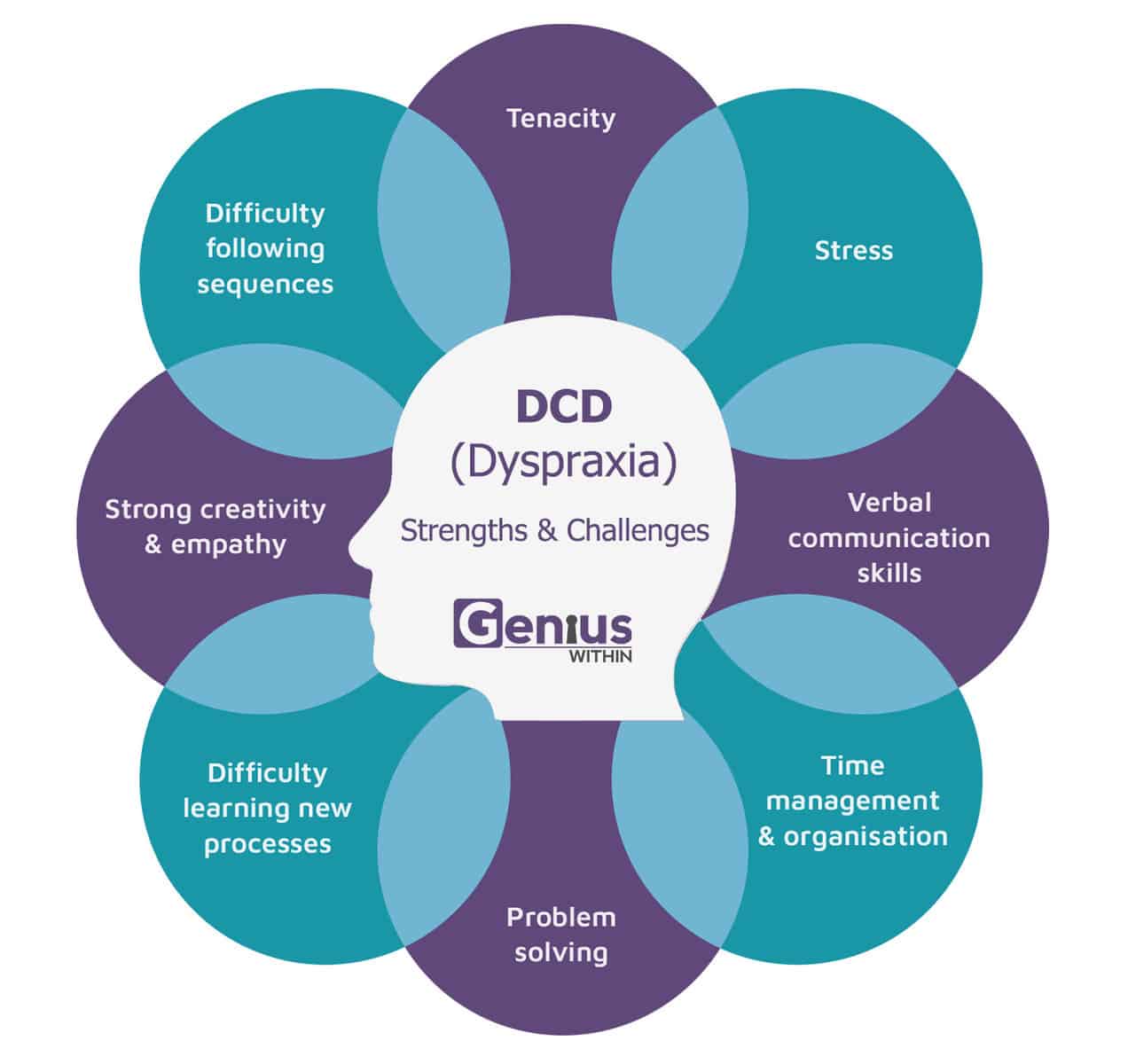What is Dyspraxia: The Essential Guide for Concerned Parents
Hello Amazing Parents! Are you trying to untangle the web of information surrounding dyspraxia? Look no further—this is your cheerful guide to understanding what dyspraxia is, how it might affect your wonderful kiddo, and the ways you can support them through their journey. Let’s embark on this learning adventure together!
Decoding Dyspraxia: A Closer Look
First off, it’s important to recognize that you’re not alone. Many parents are navigating the same waters, and understanding dyspraxia is the first step towards offering the right support. Dyspraxia, also known as Developmental Coordination Disorder (DCD), is a neurodevelopmental condition that impacts a person’s ability to plan and process motor tasks. Imagine the brain’s motor skills department getting its wires crossed – that’s dyspraxia in a nutshell.
Now, let’s sprinkle some positivity here: having dyspraxia doesn’t affect a child’s intelligence or their capacity for joy and creativity. In fact, many children with dyspraxia are brimming with imagination and unique problem-solving skills. It’s all about nurturing their strengths and understanding their challenges.
Recognizing the Signs of Dyspraxia in Children
When a child has dyspraxia, you might notice they face obstacles with activities that require coordination and movement. Here’s a checklist to help you spot the early signs:
- Does your child seem a bit more clumsy than their peers?
- Struggle with tasks like tying shoelaces, riding a bike, or handwriting?
- Have difficulty catching a ball or navigating playground equipment?
If you nodded along with a ‘yes’, your kiddo might have dyspraxia. But don’t fret; recognizing these signs is the first step to getting them the right support.
Embracing Your Child’s Journey with Dyspraxia
Having a child with dyspraxia can feel overwhelming at times, but here’s a burst of sunshine: with supportive strategies, your child can absolutely thrive! It’s all about adapting to their learning style and celebrating their progress, no matter how small it seems.
The Rainbow After the Rain: Understanding Your Child’s Strengths
It’s easy to focus on the challenges, but let’s switch gears and highlight your child’s strengths. Children with dyspraxia may often excel in:
- Intellectual pursuits and problem-solving
- Creative endeavors such as art, music, or storytelling
- Verbal communication and vocabulary
These are the sparkles that make your child unique and wonderful, and by accentuating these abilities, you can boost their confidence and help them navigate their tricky coordination hurdles with a smile.
Stepping Stones to Success: Practical Tips for Handling Dyspraxia
While there’s no one-size-fits-all approach, here are a few universally handy tips to help your child with dyspraxia:
- Break tasks down into small, achievable steps
- Introduce routines to provide a predictable structure
- Make use of visual aids to guide them through tasks
- Offer plenty of praise and encouragement for their efforts
It’s all about the little wins and finding joy in the journey. Your love and support can make all the difference in helping your child discover their own path to success.
So, what should you do next? Stay tuned for our next segment where we’ll dive deeper into the therapy and support options for children with dyspraxia, and share some insider tips on working alongside schools and professionals. Together, we’ll navigate this journey with poise, understanding, and maybe even a little bit of fun! Understanding dyspraxia is just the beginning—embracing your child’s uniqueness and watching them grow is the true adventure.

5 Essential Things Parents Should Know in Preparing for Dyspraxia
As you gear up for this journey, there are key points that will light the way:
1. Early Intervention Can Make a Significant Difference
One of the most powerful steps you can take is to seek intervention as soon as you suspect dyspraxia. Early identification can open doors to therapies that may greatly improve your child’s motor skills and self-esteem.
2. It’s More Than Just Clumsiness
Dyspraxia isn’t simply about being a bit uncoordinated; it can impact various aspects of life, including speech, thought processes, and perception. Understanding the breadth of dyspraxia hones your approach to provide the most effective support.
3. Multi-sensory Learning Could Be Key
Children with dyspraxia may benefit immensely from multi-sensory learning environments which engage sight, sound, and touch. This creates a robust framework for understanding and personal growth.
4. Patience and Persistence Pay Off
If there’s one virtue to hold dear, it’s patience. Progress may be slower than you’d expect, but it’s happening. Celebrate every milestone, stay persistent with the strategies, and remember—you and your child are in this together!
5. Collaborate with Schools and Professionals
Establishing strong, collaborative relationships with your child’s school and support professionals will ensure everyone is striving towards common goals. Don’t hesitate to advocate for your child and discuss accommodations that could enhance their learning experience.
Unlocking Potential Through Support and Understanding
Understanding dyspraxia is akin to assembling a kaleidoscope; piece by piece, the picture becomes clearer and more beautiful. Your efforts as a parent are an irreplaceable piece of that puzzle.
Gathering all this knowledge is a testament to your dedication as a parent. So, take a deep breath, arm yourself with these insights and strategies, and step forward into a world where your child, despite dyspraxia, can flourish and shine. There’s a whole community out there to support you and incredible resources to tap into.
We’re in the homestretch, amazing parents! As we wrap up this segment, remember that this guide is your companion on the path to understanding and advocating for your child with dyspraxia. Stay connected with healthcare providers, special education teams, and parent support groups. They are your allies, and together, you form an invincible team championing your child’s success.
The adventure of navigating life with dyspraxia offers opportunities for growth, learning, and boundless love. And while there may be hurdles to overcome, remember: every challenge paves the way to resilience and empowerment for both you and your precious little one.
Keep your spirits high, trust the journey, and above all, enjoy every step of this rewarding path. Because as you do, you’re building a foundation of support and understanding that will last a lifetime. Here’s to embracing the experience with optimism and an unwavering belief in your child’s potential!
See more great Things to Do with Kids in New Zealand here. For more information see here
Disclaimer
The articles available via our website provide general information only and we strongly urge readers to exercise caution and conduct their own thorough research and fact-checking. The information presented should not be taken as absolute truth, and, to the maximum extent permitted by law, we will not be held liable for any inaccuracies or errors in the content. It is essential for individuals to independently verify and validate the information before making any decisions or taking any actions based on the articles.




